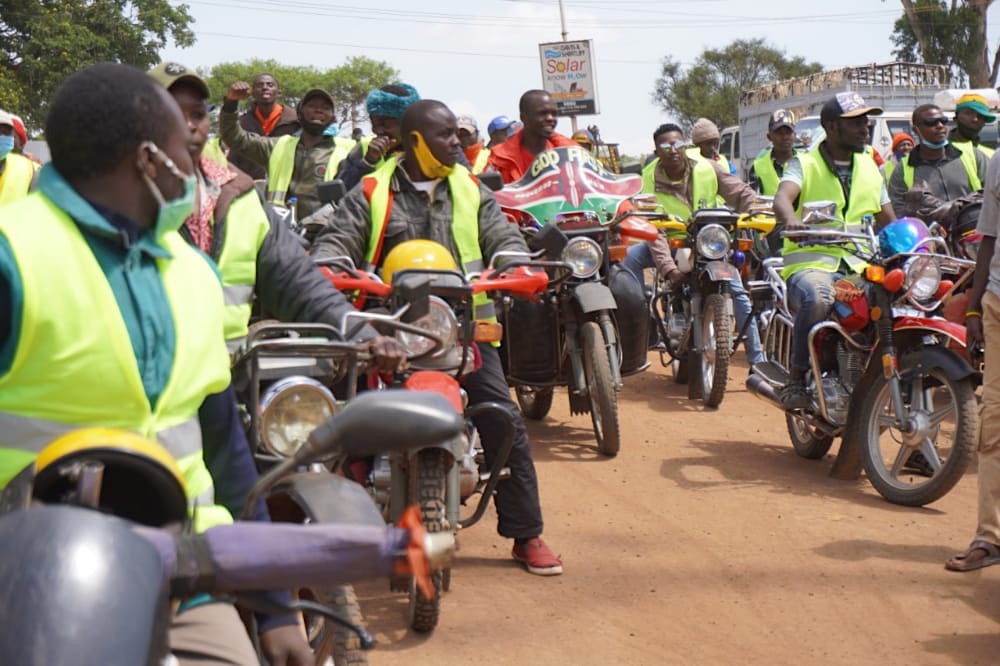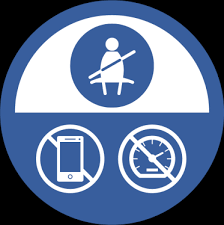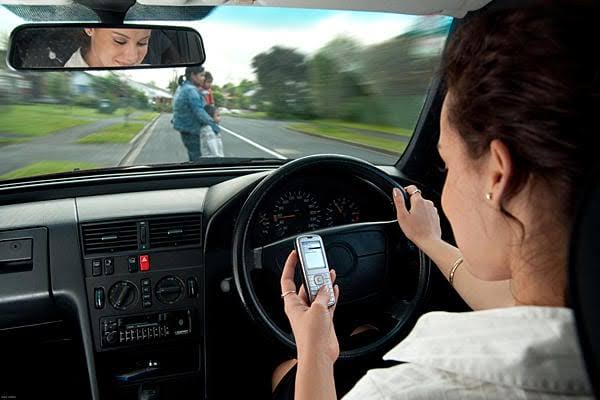← Back to Tutorials




Safe Driving Practices
Safe Riding Practices for Boda Boda Riders

1. Purpose
The aim of this toolbox talk is to raise awareness among boda boda riders on safe riding practices, prevent accidents, and ensure compliance with traffic laws. Boda boda riders face high risks due to urban traffic, weather conditions, and road infrastructure. Safety is a shared responsibility.
2. Rider Responsibilities
a) Legal Requirements
- Always carry a valid driving license (PSV endorsement if applicable).
- Ensure the motorcycle is registered and insured.
- Wear reflective jackets or vests, especially at night.
- Carry a helmet for yourself and insist on helmet use for passengers.
b) Personal Protective Equipment (PPE)
- Helmet (properly fastened)
- Gloves and elbow/knee guards if possible
- Reflective vest or jacket
- Sturdy footwear (avoid sandals or flip-flops)
3. Vehicle Maintenance
- Daily checks: brakes, lights, horn, tires, mirrors, and fuel.
- Ensure the chain is properly lubricated and the motorcycle is in good condition.
- Never overload the motorcycle; follow the recommended passenger and load limits.
- Report faults immediately; do not ride a faulty motorcycle.
4. Safe Riding Practices
a) Speed and Control
- Ride within speed limits and adjust to traffic conditions.
- Slow down in congested areas, school zones, and pedestrian crossings.
b) Defensive Riding
- Always anticipate other road users’ actions.
- Keep a safe distance from other vehicles.
- Avoid weaving between cars; use lanes responsibly.
c) Visibility
- Ride with headlights on, even during the day.
- Use hand signals or indicators when turning.
- Avoid riding in blind spots of larger vehicles.
d) Avoiding Distractions
- Never use your phone while riding.
- Avoid carrying loose items that can obstruct your movement.
e) Night and Bad Weather Riding
- Reduce speed at night or in rain/fog.
- Ensure lights and reflectors are functional.
- Wear reflective clothing.
5. Passenger Safety
- Only carry passengers if your motorcycle is designed for two.
- Ensure the passenger wears a helmet.
- Give passengers instructions on how to sit properly.
6. Alcohol, Drugs, and Fatigue
- Never ride under the influence of alcohol or drugs.
- Avoid riding when fatigued or unwell.
- Take regular breaks on long shifts.
7. Emergency Procedures
- Know basic first aid.
- Have emergency contacts accessible.
- In case of an accident, stop safely, assist the injured, and report to the authorities immediately.
8. Common Accident Causes
- Speeding
- Reckless overtaking
- Poor road conditions
- Vehicle faults
- Not wearing protective gear
9. Discussion Questions
- What are the most common hazards you encounter on your daily routes?
- How can you manage fatigue during long shifts?
- Can anyone share a near-miss situation and what they learned from it?
10. Key Takeaways
- Safety is your responsibility; always wear PPE and ride defensively.
- Proper motorcycle maintenance prevents breakdowns and accidents.
- Avoid distractions, ride sober, and respect traffic rules.
- Passengers’ safety is as important as your own.
Related Tutorials

Safe Driving Practices
General river toolbox talk summary
1. PurposeThe purpose of this toolbox talk is to raise awareness of safe driving practices...
Read More
Safe Driving Practices
General river toolbox talk summary
1. PurposeThe purpose of this toolbox talk is to raise awareness of safe driving practices...
Read More
DISTRACTED DRIVING
Use of phone while driving.
1. What is Distracted Driving? Definition: Any activity that takes attention away from...
Read More